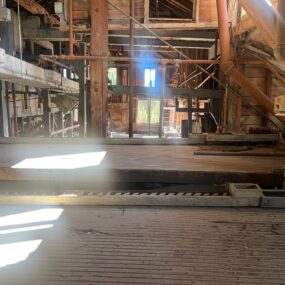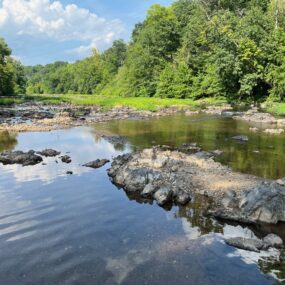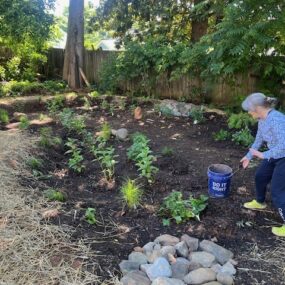Consider Small Things
January 22, 2025
Many things seem overwhelming by way of being ominously large. Fires and floods are massive in their scale and destructive force. The climate is beyond massive. Politics seem a world and universe beyond, obtuse but also pervasive in our lives.
With so much largeness around, can we find comfort in small things? The complex beauty of one square foot of the forest floor or meadow. The color, patterns, and texture of rocks. Any given snowflake.





